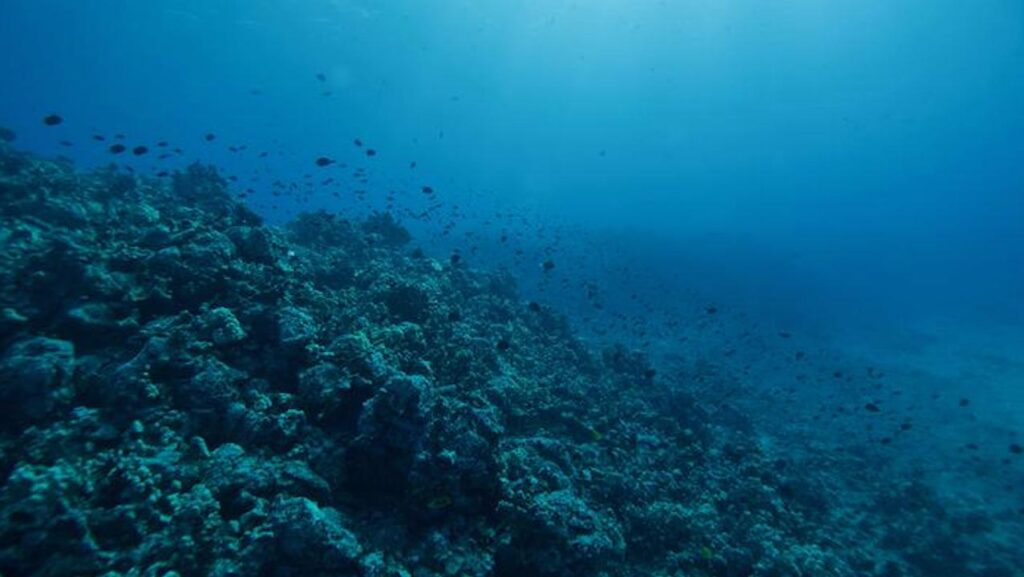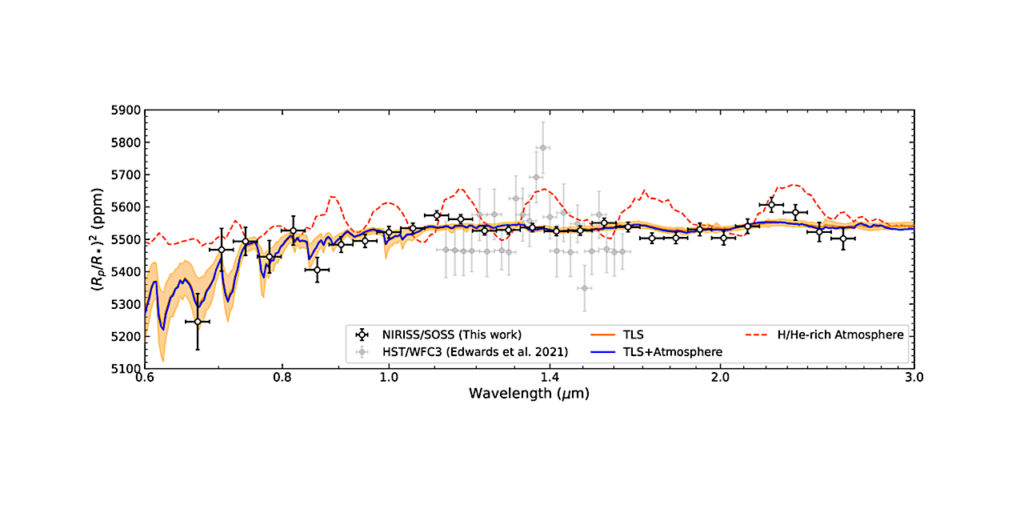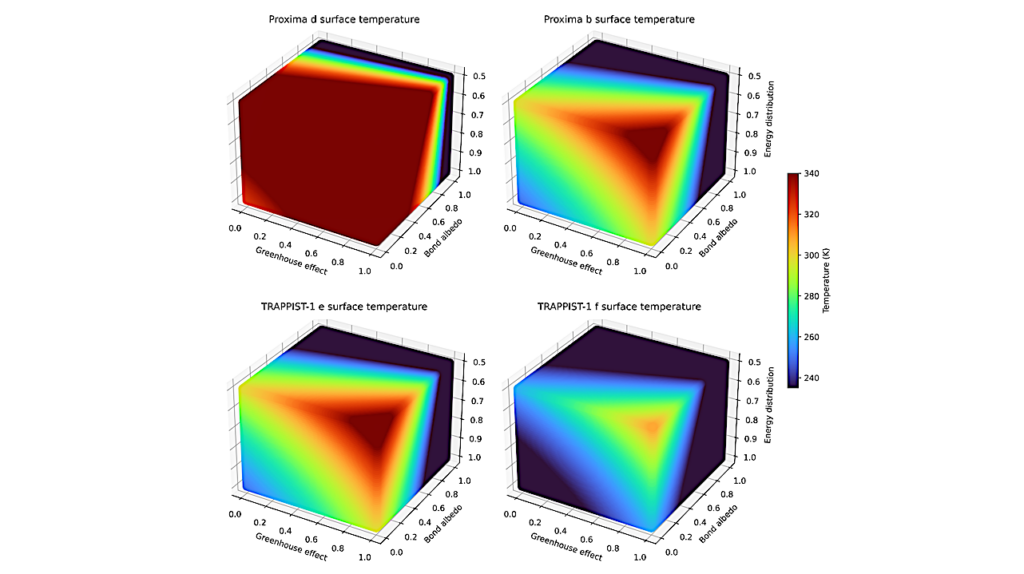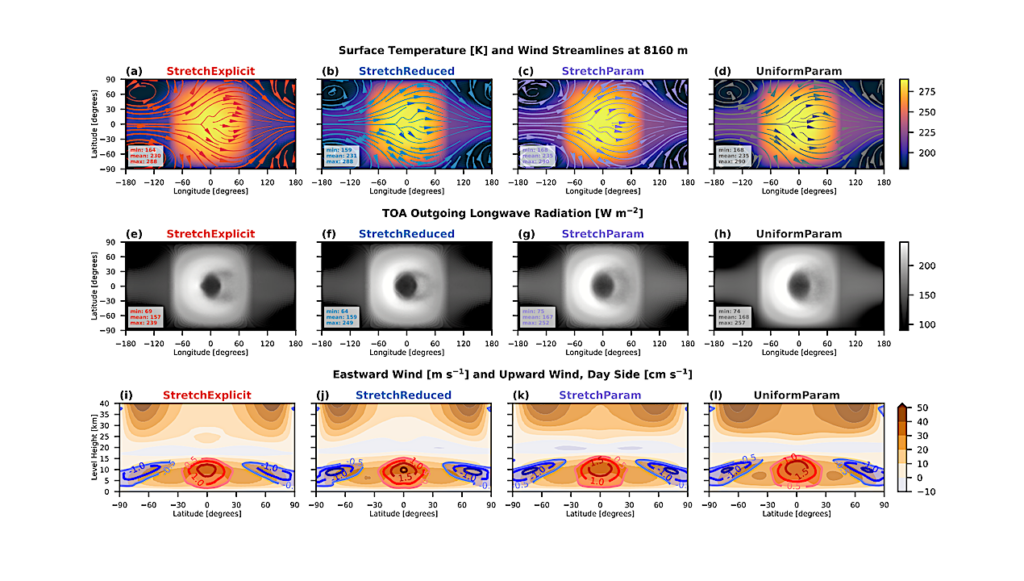A Mirage Of The Cosmic Shoreline: Venus-like Clouds As A Statistical False Positive For Exoplanet Atmospheric Erosion

Near-term studies of Venus-like atmospheres with JWST promise to advance our knowledge of terrestrial planet evolution.
However, the remote study of Venus in the Solar System and the ongoing efforts to characterize gaseous exoplanets both suggest that high altitude aerosols could limit observational studies of lower atmospheres, and potentially make it challenging to recognize exoplanets as “Venus-like”.
To support practical approaches for exo-Venus characterization with JWST, we use Venus-like atmospheric models with self-consistent cloud formation of the seven TRAPPIST-1 exoplanets to investigate the atmospheric depth that can be probed using both transmission and emission spectroscopy. We find that JWST/MIRI LRS secondary eclipse emission spectroscopy in the 6 μm opacity window could probe at least an order of magnitude deeper pressures than transmission spectroscopy, potentially allowing access to the sub-cloud atmosphere for the two hot innermost TRAPPIST-1 planets.
In addition, we identify two confounding effects of sulfuric acid aerosols that may carry strong implications for the characterization of terrestrial exoplanets with transmission spectroscopy: (1) there exists an ambiguity between cloud-top and solid surface in producing the observed spectral continuum; and (2) the cloud-forming region drops in altitude with semi-major axis, causing an increase in the observable cloud-top pressure with decreasing stellar insolation.
Taken together, these effects could produce a trend of thicker atmospheres observed at lower stellar insolation—a convincing false positive for atmospheric escape and an empirical “cosmic shoreline”. However, developing observational and theoretical techniques to identify Venus-like exoplanets and discriminate them from stellar windswept worlds will enable advances in the emerging field of terrestrial comparative planetology.
Jacob Lustig-Yaeger, Victoria S. Meadows, Andrew P. Lincowski
(Submitted on 20 Nov 2019)
Comments: 13 pages, 4 figures, accepted for publication in ApJ Letters
Subjects: Earth and Planetary Astrophysics (astro-ph.EP)
Cite as: arXiv:1911.09132 [astro-ph.EP] (or arXiv:1911.09132v1 [astro-ph.EP] for this version)
Submission history
From: Jacob Lustig-Yaeger
[v1] Wed, 20 Nov 2019 19:03:36 UTC (2,786 KB)
https://arxiv.org/abs/1911.09132
Astrobiology








